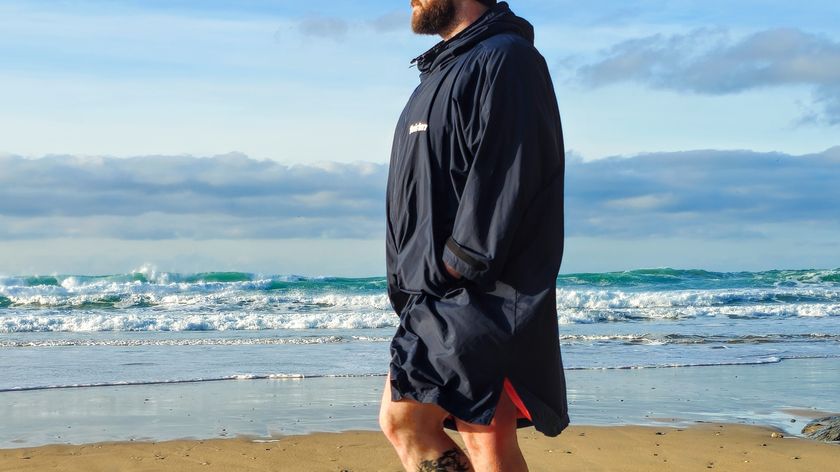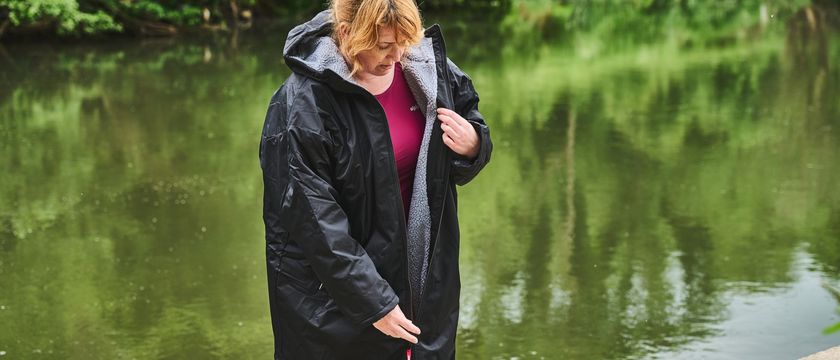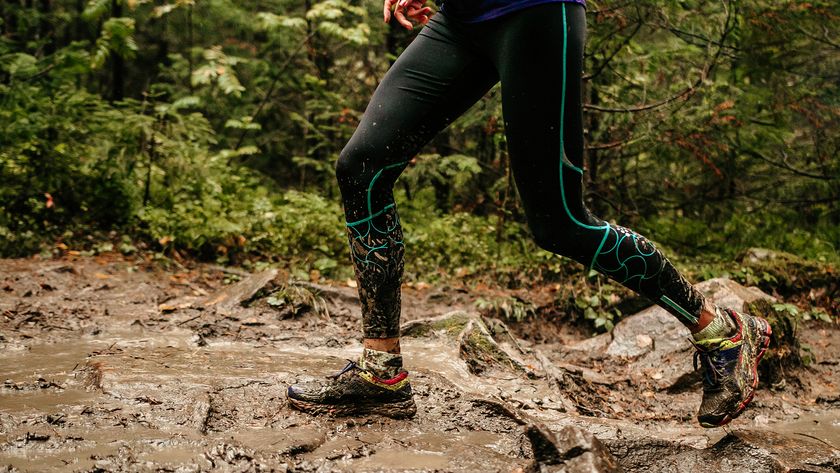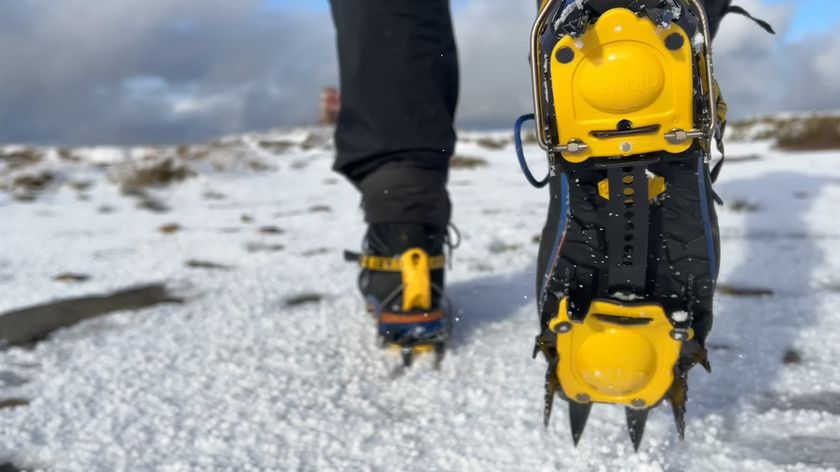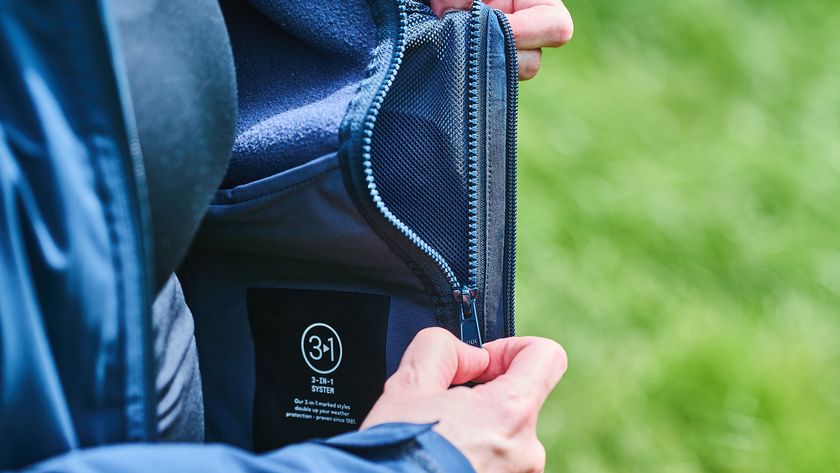How to catch sharks: the best methods for catch and release shark fishing
Want to know how to catch sharks? Here's everything you need to know to safely catch sharks wherever you go fishing – from rigs and tackle, to location and bait
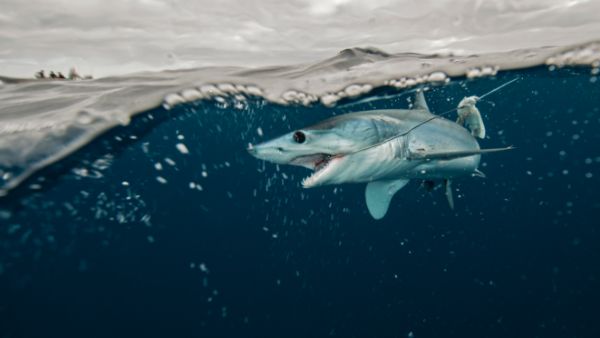
Learning how to catch sharks using relatively simple catch-and-release tactics for recreational sport fishing purposes – where legal – is an exciting, educational and rewarding branch of fishing.
But fishing for sharks properly does require some specialist knowledge, so in this article we're going to talk about all the tackle, rigs, baits and tactics you need to understand in order to successfully catch sharks and rays.
For ease of explanation, we’ll split the subject into shark fishing from the beach (also known as surf or land based shark fishing), shark fishing from pier or jetty, and boat–based fishing for sharks. These covers any species you're likely to find in any ocean, wherever you like to go fishing.
Each field of play requires a different approach and offers varied opportunities for different types of shark to be caught, from inshore species that love shallow sandy beaches to deep–water behemoths. But there are some general rules to follow when thinking about how to catch sharks wherever you fish, so let's address those first.
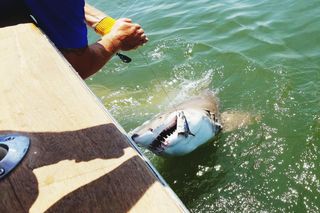
How to catch sharks: some shark fishing basics
The first rule of shark fishing is to always use a wire leader (a length of flexible metal wire line, often nylon-coated) to attach the fishing hook to the mainline or rubbing leader. Most sharks have teeth or very rough mouths and will easily chew through mono, fluorocarbon or braided line when hooked.
If you’re targeting sharks, it’s your responsibility to not leave a fish swimming around with a hook in its mouth. Using a suitable wire leader ensures you land the fish and take the hook out with minimum handling.
Practising catch-and-release is usual for almost all shark species and is something we encourage, so caring for your catch through use of the right equipment and proper handling (keeping the fish wet, handling with wet hands or wet gloves etc) is important.
Advnture Newsletter
All the latest inspiration, tips and guides to help you plan your next Advnture!
Choosing the right hook to use is also crucial. Circle hooks have an unusual looking round bend and in-turned point, quite unlike conventional J–shaped patterns, that’s designed to only hook the fish in the corner of the mouth or lip – this really helps when you’re unhooking a shark of any size.
Using a circle hook ensures you don’t deep hook the fish, which can happen when a hungry shark takes the bait down. They look strange but they are the first choice for many professional shark anglers and guides.
Lots of companies make good quality circle hooks and wire leader rigs plus end tackle items suitable for surf shark fishing, so have a look to research what’s recommended online in your local area. and match the tackle to your target shark species.
Talking of tackle, getting the right rod and reel is important too. Please don't consider going shark fishing with much less than what's described in this article or you may lose the fish, your line, your tackle and leave hooks in a shark.
For surf fishing, a large surf spinning reel in the 6000–size–plus bracket or good quality conventional reel with a strong drag (preferably rated 30lb or more) loaded with 400–600 metres of 40–80lb braided mainline with a 15ft length of 80–100lb mono rubbing and casting leader is a good bet.
Combine this with a heavy-rated 10–15ft (3–5m) spinning or conventional rod capable of casting 8oz sinkers and a big bait and you’ll have a good combo for targeting small to medium-sized surf sharks, depending on your local species. Many coastlines offer a variety of hound shark and similar shark or ray species in the 20 to 100lb size range, which is a nice grade to target on this tackle.
Pier and boat fishing for sharks often involves targeting larger fish with bigger baits and conventional tackle (set–ups with the drum–like reel on the top) capable of sustaining 40 to 100lb of drag and reels loaded with many hundreds of metres of 50–200lb braided line.
A hybrid of the two styles can be found in the land based shark fishing category, where large sharks are targeted from the shoreline using heavy spinning and conventional gear. Often, substantial baits are deployed by kayak or drone for this style of fishing. More on this later.
When heavy tackle is used, a harness, fighting belt or plate designed to hold the rod in place and aid the angler is often employed to gain leverage on the fish due to the extreme drag pressure involved in fighting big sharks at range.
Other basic items to have for shark fishing include a suitable surf spike (PVC tubing works well) to hold the rod if beach fishing, heavy wired surf sinkers 6–8oz to hold bottom if casting baits, or normal egg sinkers 2–6oz and party balloon floats if boat fishing, heavy-grade pliers and wire cutters, a proper unhooking tool, tough gloves for handling the rough skinned-sharks, a long measuring tape and fresh bloody baits on ice. Safety is paramount so the usual first–aid kit, lights and phone are mandatory.
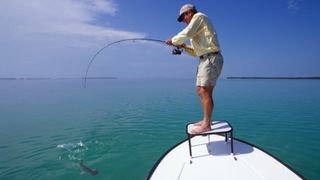
How to catch sharks: the best way to go surf fishing for sharks
This is a great way of getting into shark fishing and nearly every coastline has shark species of various sizes to catch from the beach. The first task is to locate the shark’s likely feeding areas – and the simple rule here is to find the bait fish or food the shark likes to feed on. The predators won’t be far behind the food.
On the beach, this might be where a shoal of fish like to congregate or maybe a spot that’s popular with people catching smaller species the sharks like to eat. Features such as marinas, harbors, reefs or tidal river mouths are also attractive to surf sharks, which are often from the houndshark family. They also like eating crabs and similar critters.
As mentioned earlier, make sure you use a strong wire leader and good quality, sharp circle hook plus several feet of strong monofilament line (known as a rubbing or casting leader) 80–100lb tied to your mainline between this and the wire leader.
This strong mono section is essential for absorbing the abrasion from the shark’s rough skin. Often, a shark will roll on the line or hit the main line with its tail during the fight – if this happens to the weaker main line, and especially with braided line, it can easily break. The stronger, tougher section of mono ensures this doesn’t happen and the fish is landed.
A large, freshly-caught bait kept on ice is always a better choice over frozen options and favourites include mackerel, mullet, bonito, croaker, tuna sections, chunks of stingray, fish heads or any other fresh, bloody fish local to where you’re fishing.
Observing the tide cycle over the course of a calendar month will show larger and smaller tides – check out our guide to the best fishing times – and surf sharks love larger water movements such as the big tides because it carries food item signals and bloody scent trails straight to their sensory organs over long distances, making locating prey (and your bait!) easier when compared to slacker tides.
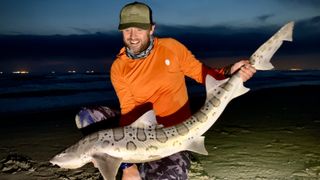
How to catch sharks: how to go pier, breakwater and jetty fishing for sharks
Similar tactics in terms of attention to bait, tides and species–specific kit will serve you well for pier and jetty shark fishing but stronger tackle is usually required. Often, a medium or medium–heavy–rated conventional set-up with a lot of 50–100lb braided line and an 80–150lb mono leader is a good option.
Look at 25, 30 or 50–size conventional reels, preferably a two–speed with at least 30lb of drag, or a heavy–duty spinning reel in the 8000–10,000 size range and rods to match in the 7–9ft / 2.1–2.7m ball park.
A technique called sliding, which involves first casting out a large surf sinker with nothing else on the line, attaching the baited shark rig to the line via a special clip called a non–return slide, sliding it down the mainline into the water where it'll continue until it hits the bottom, is a common way of catching big sharks from structure. It allows you to easily deploy a large bait without casting.
Often, the fish are larger due to the deeper water and it’s possible to land giants from the pier – however, catching and releasing fish from a tall structure is tricky. Making sure you have a plan for safely dealing with whatever shark you’re likely to hook is an important part of pier fishing.
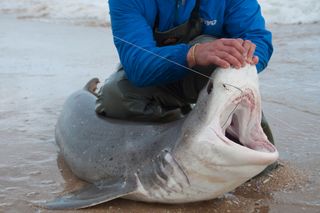
How to catch sharks: how to go land–based shark fishing
The solution to the problem of landing big fish from high structures like a pier can be found in the land–based shark fishing niche. This usually involves heavy conventional or spinning tackle, big circle hooks and large baits deployed several hundred meters from the beach by kayak or drone, with the angler standing on shore.
This allows you to release fish easily in the surf with no structure involved, and is increasingly–popular amongst anglers looking to safely release their quarry. Obviously the advantages of fishing from a pier are that you can reach deeper water, so the challenge with land–based shark fishing is to get the bait out to the same sort of water and keep it there. Heavy sinkers and sand bags attached via weak mono break–off lines are the two ways this is usually achieved.
A surf kayak, the sit–on type rather than a canoe style, is the weapon of choice for land–based shark anglers as it allows a speedy trip out beyond the breakers and to deeper water. A slow, cumbersome kayak is not at home in any sort of waves.
Once out to the desired distance from shore, the bait and weight is then dropped and the kayaker returns to land to await a take. This style of fishing usually involves small groups of enthusiasts who are experienced in handling big fish from land.
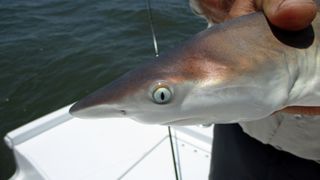
Boat fishing for sharks
Using a boat to target deeper water offshore is a great way to fish for big sharks of any species, with almost every ocean home to many huge predators lurking in the deeps.
The best way to catch shark this way is to charter a professional fishing boat or join a group trip, unless you’re fortunate enough to have an experienced friend with a boat.
Targeting a big fish like a mako, thresher, tiger, bull, lemon or blue shark often involves, where legal, chumming the water with a bag of bloody fish guts to attract the target species.
A similarly-attractive large bloody hook bait suspended under a float or freelined on strong conventional tackle, to bring the shark to the side of the boat for a safe release, is usual. Heavy wire leaders and big, strong circle hooks are standard items.
Smaller shark species can also be targeted from the boat on strong spinning reels and rods – but hold on for an energy-sapping battle if you hook a big one!
Using heavy conventional tackle, it’s possible to land sharks to over 1000lb so fishing with experts who are experienced in handling fish of this size is important for safety, wherever you fish for sharks.
But with hundreds of shark species to target, there’s a size and difficulty level to suit fisherfolk of all levels of experience. Research what’s available locally, make sure you have some suitable tackle and enjoy the fight!
An obsessed fisherman since childhood, Ben’s career in fishing has taken him from working as a magazine writer and editor to running his own guiding business in California, where he targets salt and freshwater fish. Ben has decades of experience in selecting the right tackle and honing the best tactics to target all sorts of species, from surf sharks to freshwater catfish, and loves sharing this knowledge. His favorite fishing moments usually involve helping clients catch the fish of a lifetime – and not getting eaten by great white sharks while out on his kayak.

